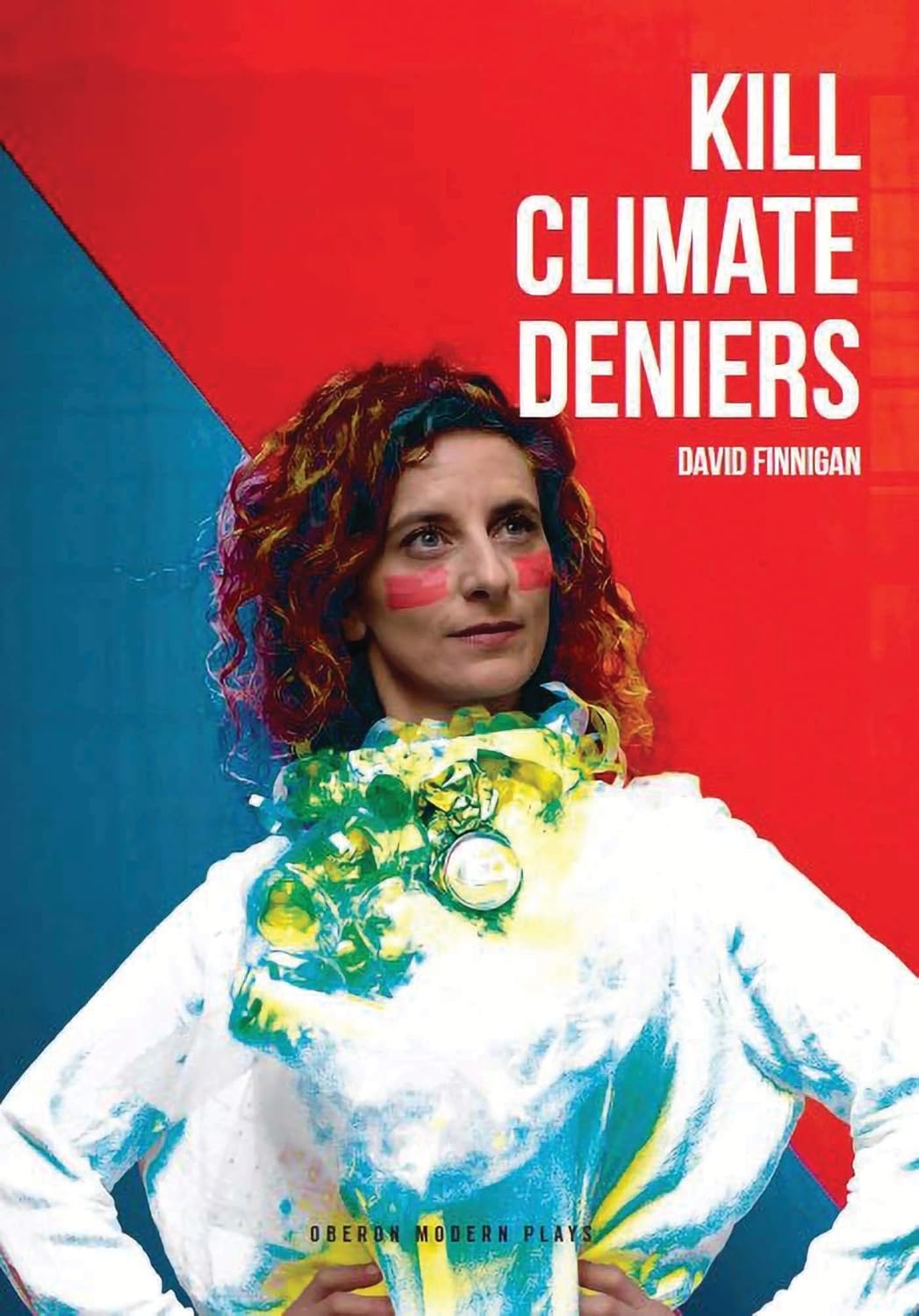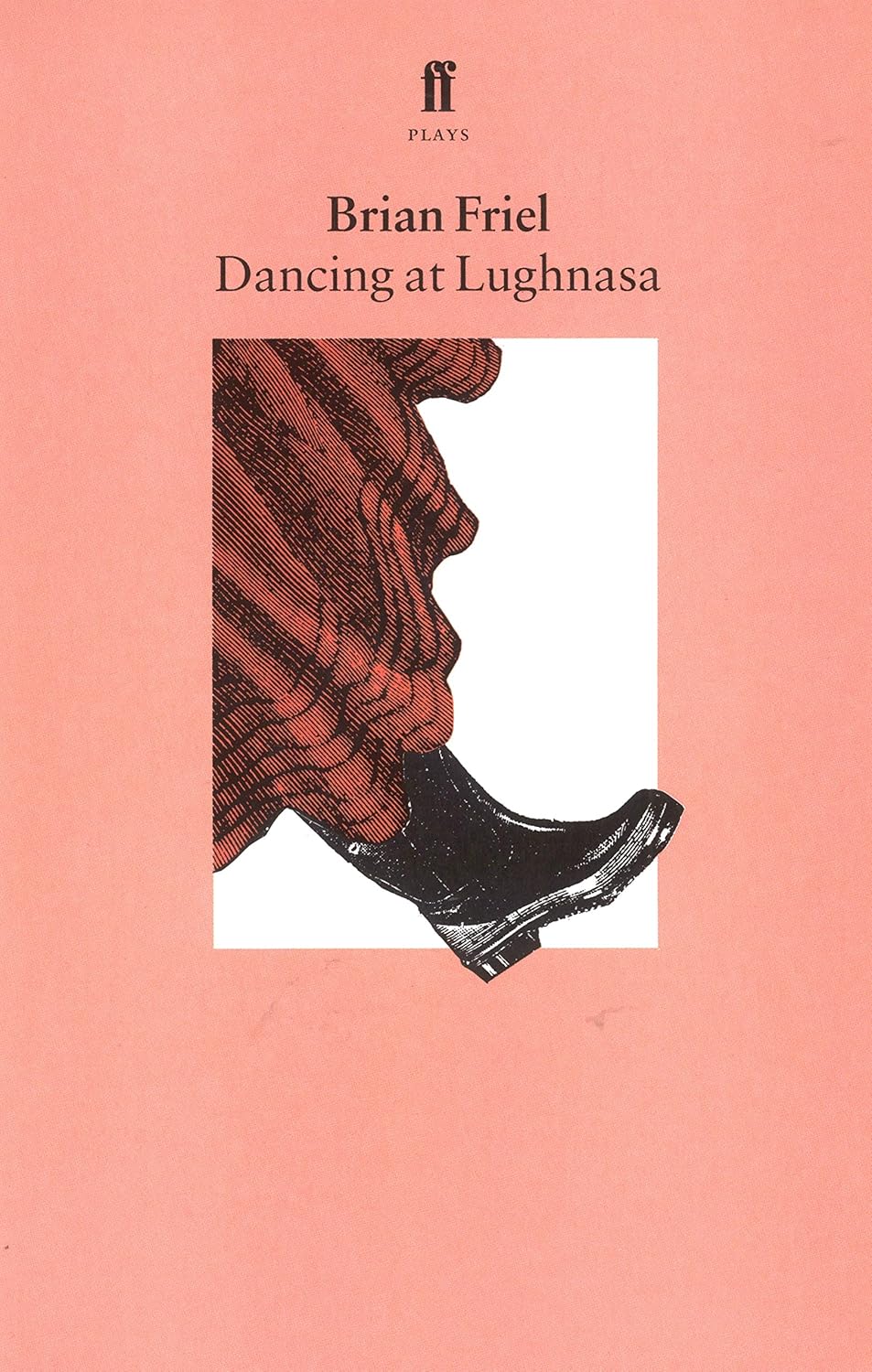Where reality and illusion dance in the Spanish Golden Age
In a tower in Poland, a prince is imprisoned based on a prophecy that he would become a monster who would bring chaos to the kingdom. This might sound like a modern fantasy plot, but it’s actually the premise of “Life Is a Dream” (La vida es sueño), written in 1635 by Pedro Calderón de la Barca – perhaps the greatest play of Spain’s Golden Age. This masterpiece explores the thin line between reality and dreams, asking questions about fate, free will, and the nature of existence that remain startlingly relevant today.
Quick Facts
- First performed: 1635 in Madrid’s Royal Palace
- Original title: La vida es sueño
- Written in: Spanish verse (2-3 hours in performance)
- Structure: Three acts in polymetric verse
- Setting: Poland (though distinctly Spanish in sensibility)
- Notable productions: Royal Shakespeare Company (1990), Repertorio Español (continuous productions since 1971)
Just want to read the play?

Helen Edmundson’s adaptation
A thrilling reworking of the play for a 2009 production at the Donmar Warehouse in London.

Stanley Appelbaum’s translation – Bilingual edition
The Nicholas Rudall version is often preferred for performance.

Graphic novel version
A beautiful adaptation by Ricardo Vilbor (Author), and Mario Ceballos Fernandez and Alberto Sanz Mariscal (Cover Art, Artists).
Free version? Try the version on Project Gutenberg: https://www.gutenberg.org/files/2587/2587-h/2587-h.htm
Historical Context
Life Is a Dream emerged during the Spanish Golden Age (Siglo de Oro), a period of extraordinary artistic flourishing amid Spain’s political decline. Calderón wrote during the reign of Philip IV, a time when Spain was grappling with questions of power, morality, and religious faith. The play’s Polish setting provided a safe distance to explore sensitive political themes while avoiding censorship.
The court of Philip IV was known for its elaborate theatrical productions, and Calderón served as the court’s primary dramatist. This explains the play’s sophisticated philosophical themes combined with spectacular theatrical elements – a combination that made it both intellectually stimulating and highly entertaining.
Plot Overview
Prince Segismundo has spent his life imprisoned in a tower because his father, King Basilio, received a prophecy that his son would become a tyrannical monster. The king decides to test fate by temporarily releasing Segismundo, having him drugged and brought to court. If he proves wise and temperate, he can remain; if not, he’ll be returned to prison and told it was all a dream.
When released, Segismundo indeed acts violently and impulsively, confirming his father’s fears. He’s drugged again and returned to his tower. However, when the people learn of his existence, they free him to lead a rebellion against his father. This time, chastened by his previous experience (which he believes was a dream), Segismundo acts with wisdom and mercy, proving that human beings can choose their own destiny.
Themes & Analysis
Reality vs. Illusion
The play’s central metaphor – that life might be a dream – resonates powerfully with modern audiences familiar with films like “Inception” or “The Matrix.” Calderón uses this uncertainty to explore profound questions about the nature of reality and human experience. When Segismundo famously asks, “What is life? A frenzy. What is life? An illusion,” he’s wrestling with questions that still perplex philosophers today.
Fate vs. Free Will
While King Basilio attempts to outsmart fate through astrology and manipulation, the play ultimately suggests that prophecies might be self-fulfilling. By raising Segismundo in isolation, Basilio creates the very conditions that could turn him violent. The play argues that true wisdom comes not from trying to avoid fate but from exercising free will wisely.
Power and Responsibility
The play’s political themes remain remarkably relevant. Segismundo’s journey from imprisoned prince to wise ruler explores questions about the nature of just governance and the education of leaders. His transformation suggests that power must be tempered by wisdom and experience.
Revolutionary Elements
Calderón’s play was revolutionary in several ways:
- Its complex philosophical themes presented through accessible drama
- The sophisticated use of metatheatrical elements (plays within plays, reality versus dream)
- Its questioning of fate while maintaining religious orthodoxy
- The psychological depth of its character development
Cultural Impact
Life Is a Dream has influenced countless works of literature and drama. Its themes echo through Gothic literature, Romantic poetry, and modern philosophical works. The play’s exploration of reality versus illusion prefigures works like Pirandello’s “Six Characters in Search of an Author” and even modern films exploring virtual reality.
Reading Guide
Best Translations
- John Clifford’s version (most poetic)
- Stanley Appelbaum’s (bilingual edition)
- Roy Campbell’s (most literal)
Reading Tips
- Pay attention to the various meters used in different scenes
- Notice how dreams and reality are paralleled
- Watch for astronomical and astrological references
- Consider how each character defines reality differently
Contemporary Relevance
The play’s themes resonate powerfully today:
- Questions about reality in our digital age
- The role of nature versus nurture in human development
- Political leadership and responsibility
- The relationship between prophecy and self-fulfilling prophecy
Fun Facts & Trivia
- The Polish setting was likely chosen because Poland was then elective monarchy
- Calderón was a soldier before becoming a priest and playwright
- The play contains some of the most quoted lines in Spanish literature
- It’s still regularly performed in Spanish-speaking countries
Why This Play Endures
Life Is a Dream endures because it combines philosophical depth with theatrical spectacle, personal drama with political insight, and timeless questions with timely answers. Its exploration of reality, freedom, and responsibility speaks to each new generation, while its poetic language and dramatic structure continue to influence theatrical innovation.
The play reminds us that, as Segismundo concludes, even if life is a dream, we must act with wisdom and compassion. In our era of virtual realities and artificial intelligence, this message resonates more powerfully than ever.
Additional Resources
- Stanley Appelbaum’s bilingual edition provides excellent notes
- José Ruano de la Haza’s critical edition (in Spanish)
- The Repertorio Español’s production archive
- The Gyeongju International Festival’s 2019 adaptation
Next in series: “Tartuffe” by Molière – When religious hypocrisy meets theatrical genius





Leave a Reply